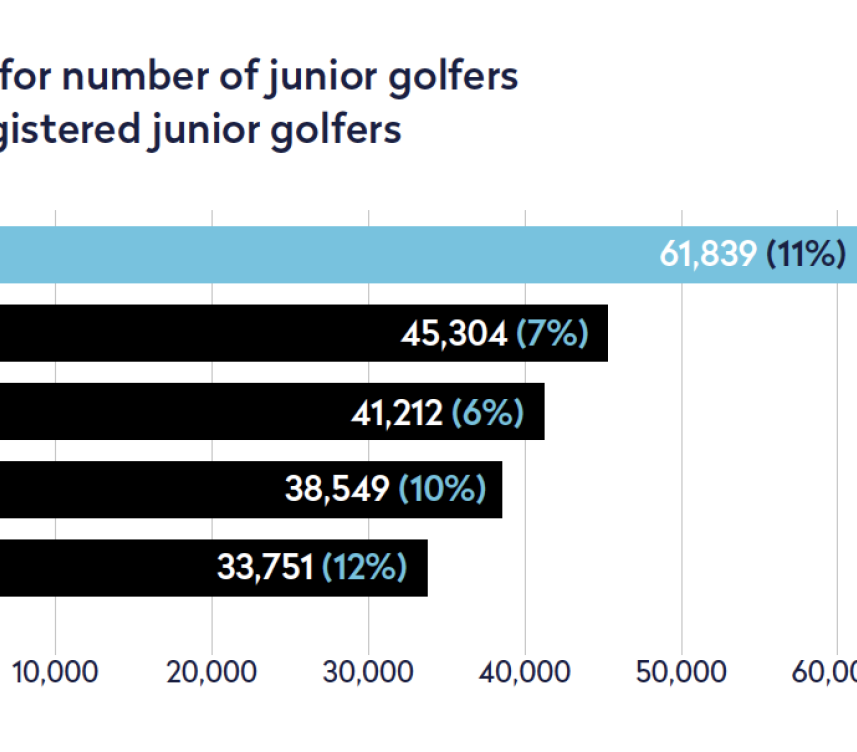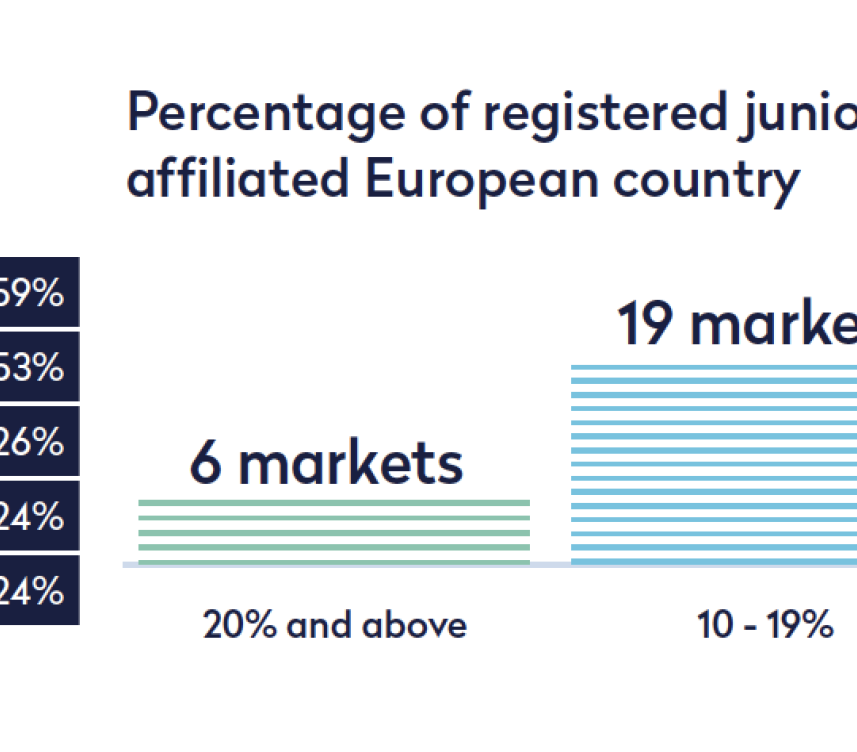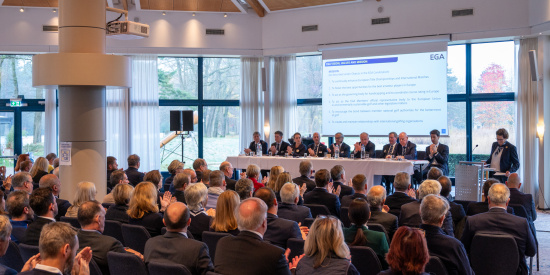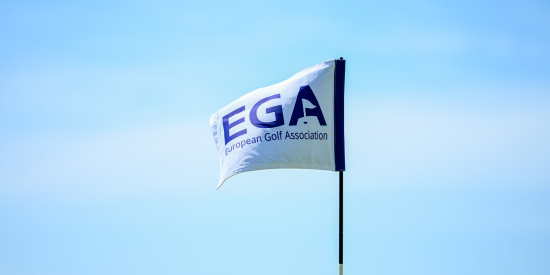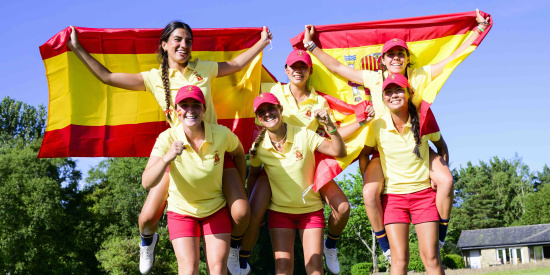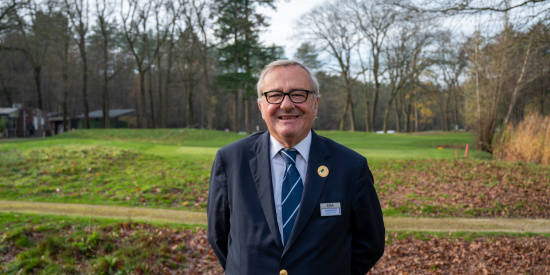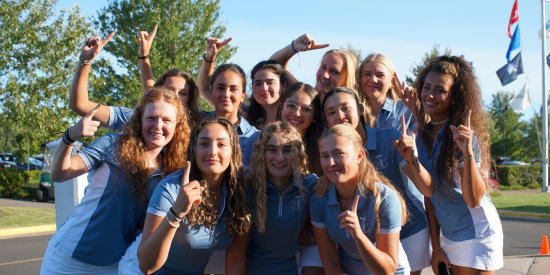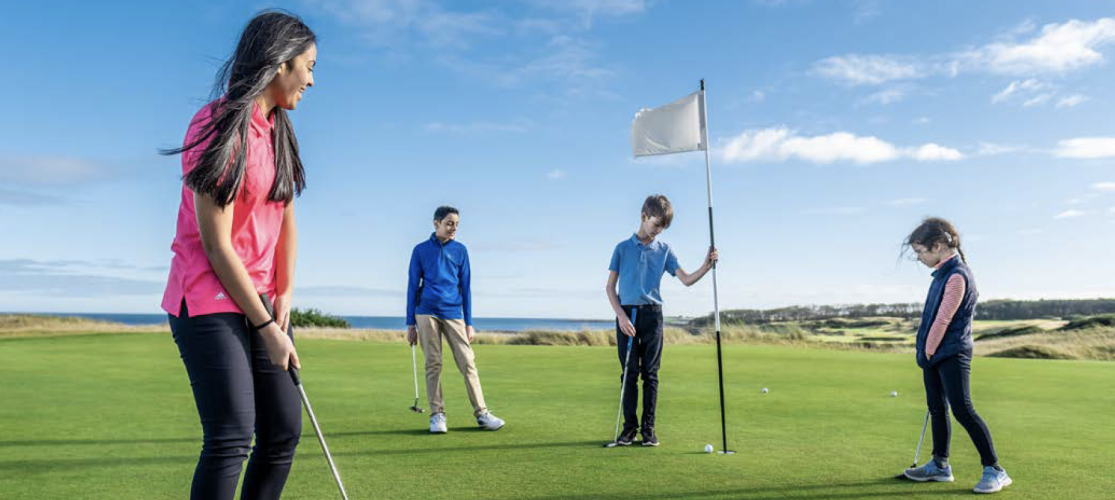
The 2021 European Golf Participation Report, produced in collaboration with The R&A, showed an encouraging increase in the number of registered golfers across the continent.
Ensuring a bright future for golf participation requires that large numbers of young people and juniors take up the game each year. What is the current situation in Europe regarding junior players, what are the trends, and which countries have the most junior players?
According to the 2021 report, there are now over 350,000 junior players registered across the continent. This is the result of a net increase of 43,000 juniors (14%) over the last two years. Juniors now account for roughly 8% of the total number of registered golfers in Europe, up from 7.5% in 2019.
This change is the first big increase following a general downward trend in European golf participation over the last decade.
Sweden currently has the highest total number of junior golfers in Europe. The Nordic country reported 61,839 under-18 players which makes up 11% of their total registered golfers. England (45,304), Germany (41,212), France (38,549) and Spain (33,751) are the other countries inside the top five.
In terms of percentage of junior golfers, ‘developing’ golfing nations are at the top of the list. Azerbaijan (59%), Armenia (53%), Greece (26%), Moldova (24%) and San Marino (24%) have the highest numbers of all EGA member federations.
When looking at the larger golfing countries in Europe, Iceland (15%), the Czech Republic (13%), and Spain (12%) lead the way when it comes to percentage of junior players. Sweden, Belgium, and Finland follow closely behind, all with 11% of their total registered players under the age of 18.
At the opposite end of the spectrum, the Netherlands has the lowest percentage of juniors as registered golfers with just 3%.
How can federations and clubs ensure that juniors and young people are being attracted to the sport? One initiative, conducted by the French Golf Federation (FFGolf), saw the creation of over 100 new ‘non-traditional’ golf facilities in France over the 10-year period leading up to the 2018 Ryder Cup. These facilities were mostly 9-hole, 6-hole or pitch & putt courses, designed to be more accessible, more affordable and less time-consuming to potential new golfers.
The initiative has already seen some success. “Offering new facilities to the general public has a direct impact on participation in terms of age group, gender and playing frequency” said Christophe Muniesa, Executive Director at FFGolf. “Our esearch demonstrates that through these short course facilities we are able to attract more juniors and women.” A full case study of FFGolf’s short course initiative can be found in the 2019 European Golf Participation Report here.
More insights into participation trends, as well as the breakdowns for each EGA member federation, can be found in the 2021 European Golf Participation Report below:
